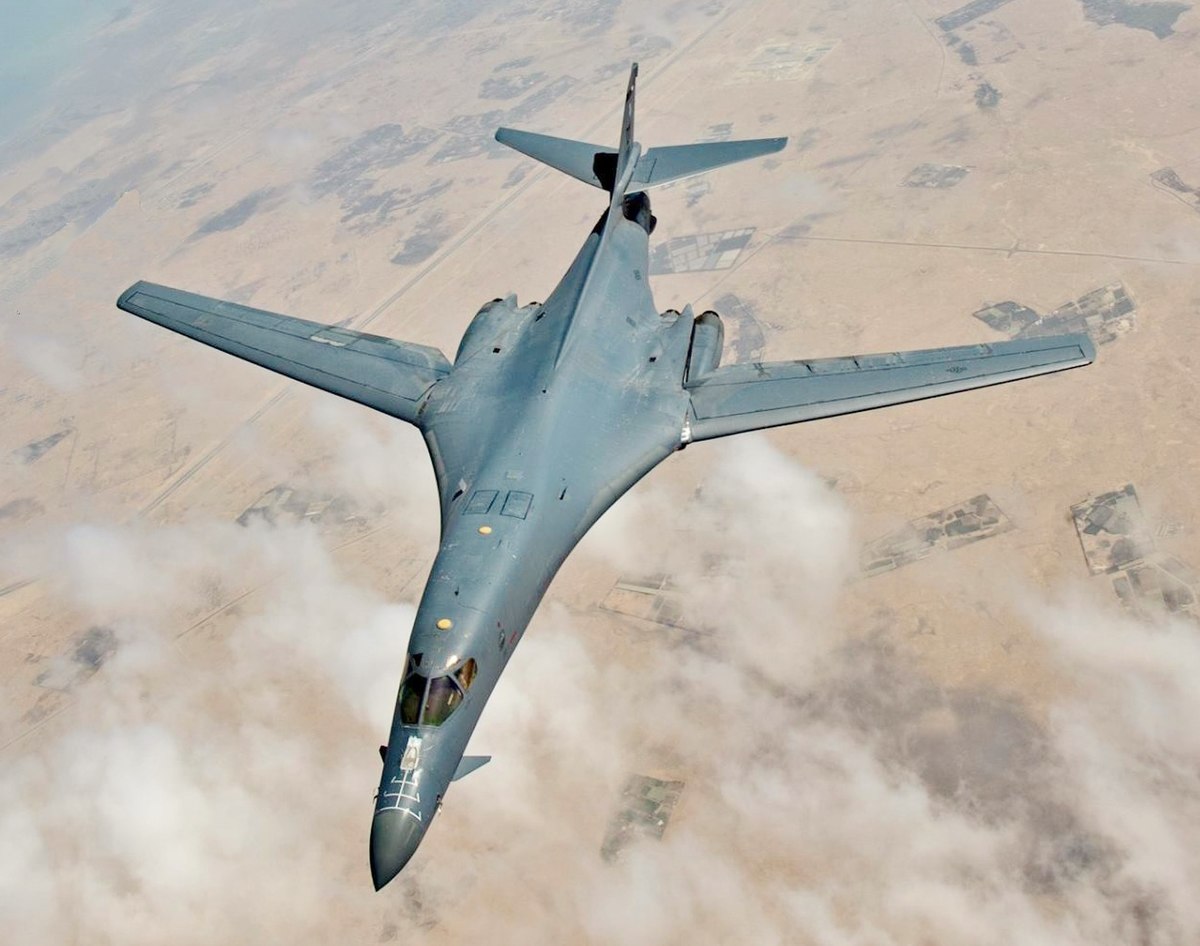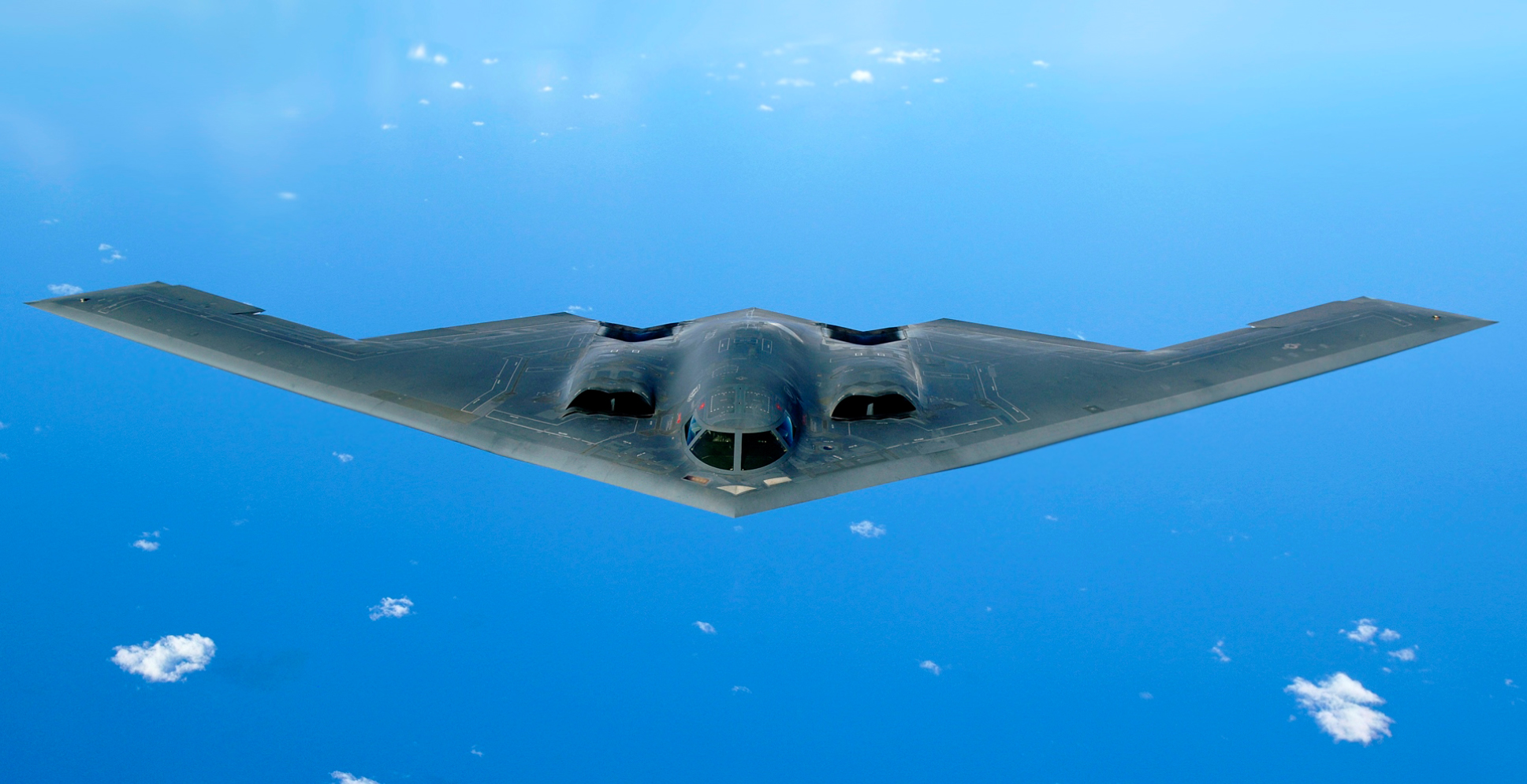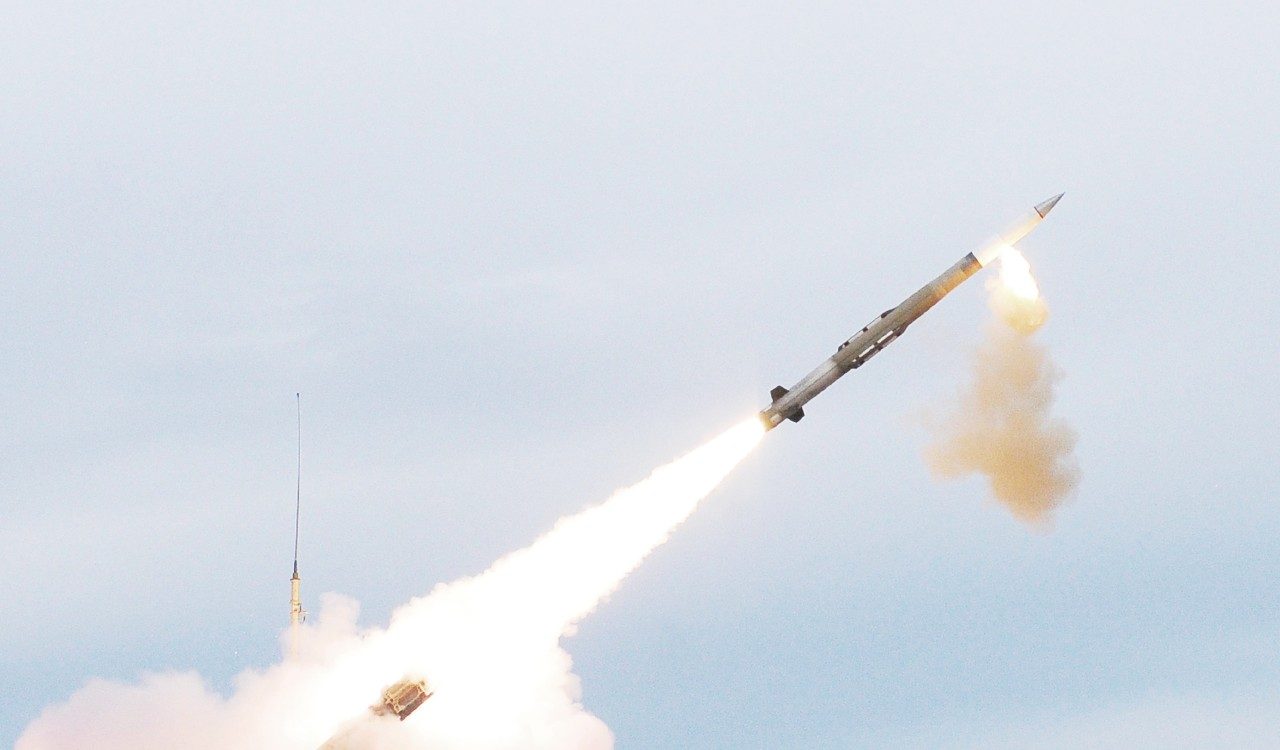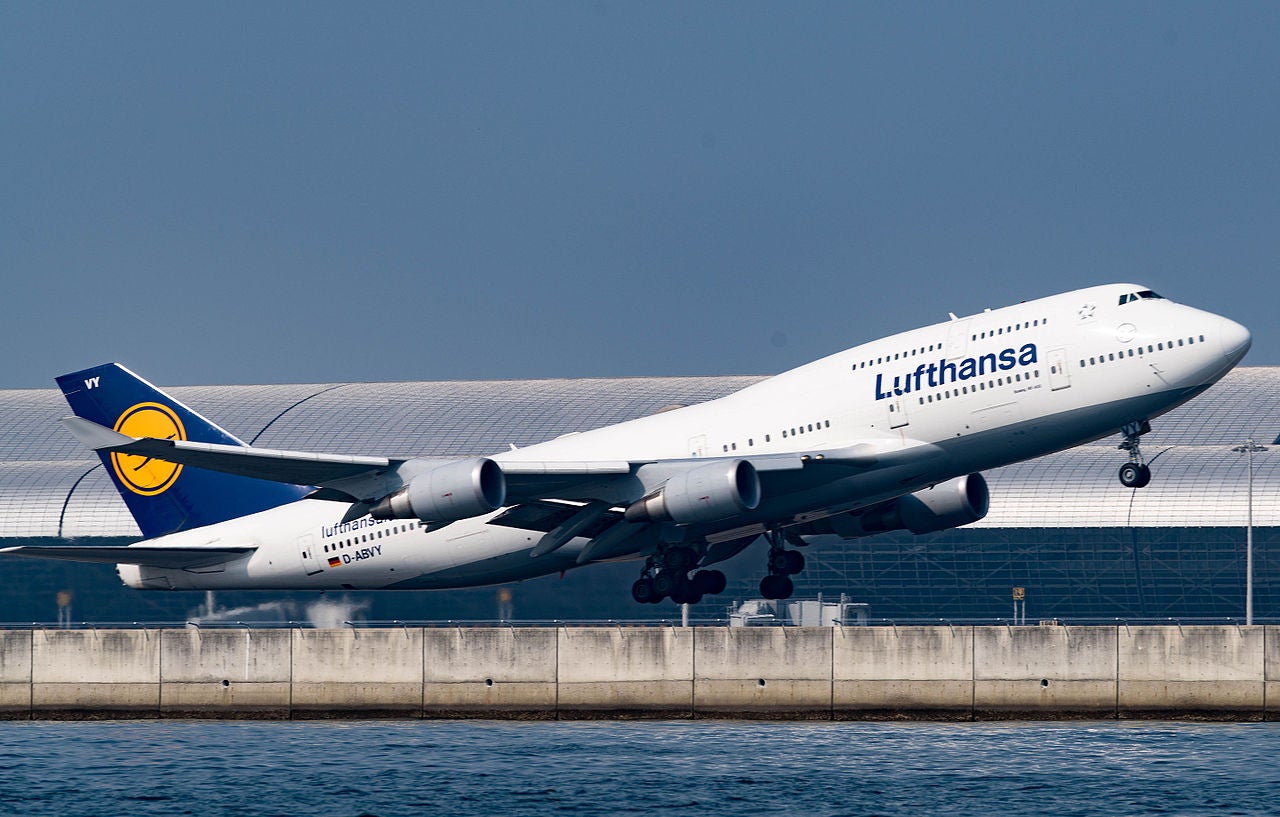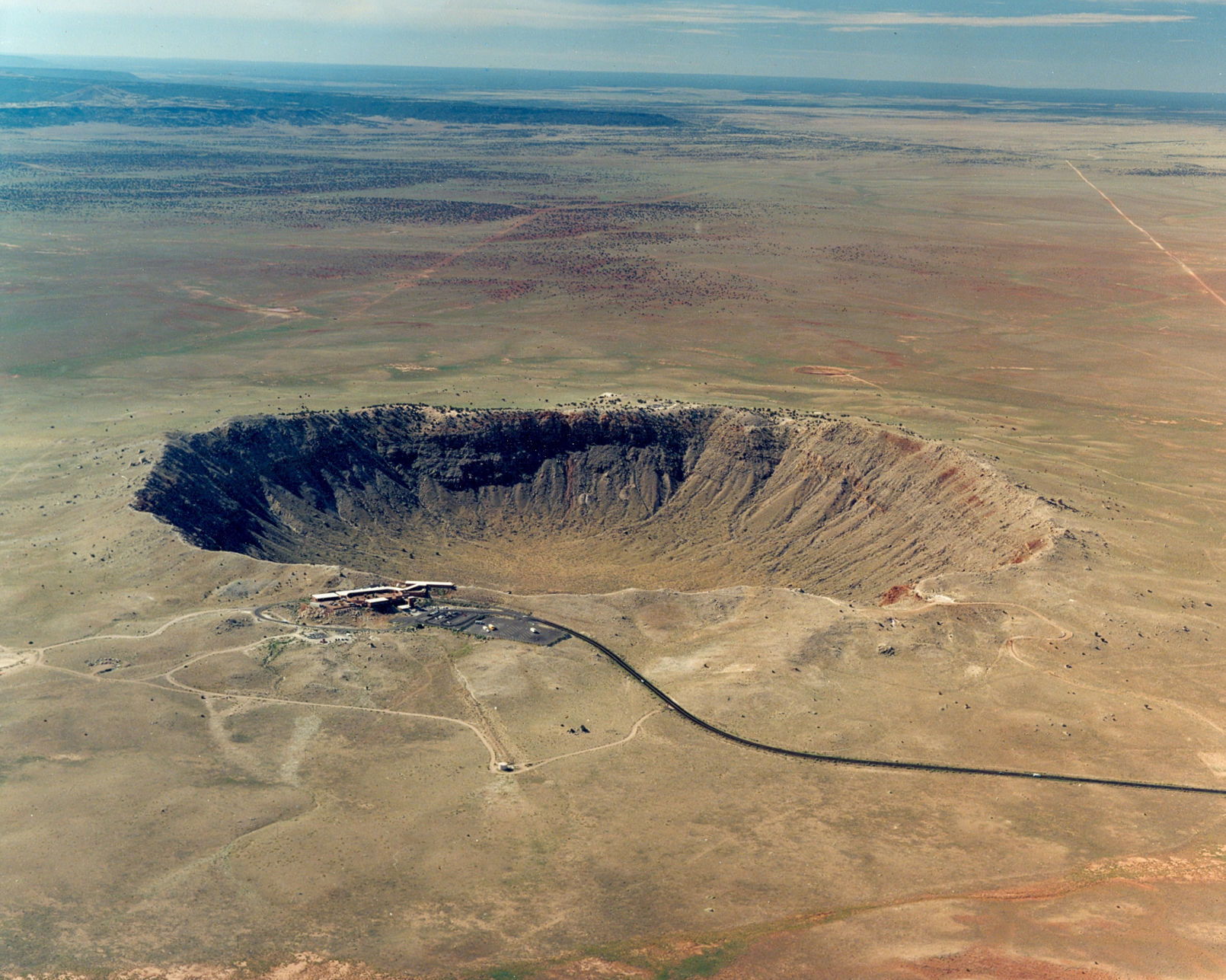Sometimes, pilots need to be told no. This sounds like one of those cases. Hooking up a WoW trigger should have taken a day or two tops.wbt5845 said:This was done in 1979 in just a few weeks of design, so the electronics were very primitive. Also, if memory serves me correct, the pilots really wanted to have control over when those rockets fired, cause you were LANDING when you flipped that switch.aTmAg said:Seems to me that they should have wired the rockets to the weight on wheels sensor. So the pilot/FE flips a switch when they are about to land, and then the rockets fire automatically when there is weight on both aft wheels.CharlieBrown17 said:ABATTBQ11 said:CharlieBrown17 said:
Min runway for the 130 is only 500 feet shorter than the 17.
Fully loaded 130 Js are still 100k or so less than an empty 17.
If you want a lot of **** put somewhere it probably shouldn't be able to go, a 17 is your answer.
Also wouldn't call an accident during testing of a brand new rocket landing system destroyed due to pilot error.
The min runway for the C-17 is also almost twice as wide though, so you need just over 2x the area even though it's only 17% longer.
The C-17 didn't exist in the early 80's, so it wasn't an option. They also had to land in a stadium, so min takeoff and landing was at an absolute premium. C-130 would have been the choice regardless because every inch mattered.
Pilot fired the rockets too early before the wheels were down. The plane essentially stopped midair and dropped. They'd had several successful tests previously. Definitely his error. Understandably so, but still his error.
The last set of rockets was owned by the FE who lit them off before they were wheels down during the mishap.
I guess I'll just fundamentally disagree with trying to point out and assign fault to someone risking their life to test a system 30+ years later.
Edit: I take that back. If they already had wired a switch in the cockpit, then what I'm talking about would have been even more trivial.









